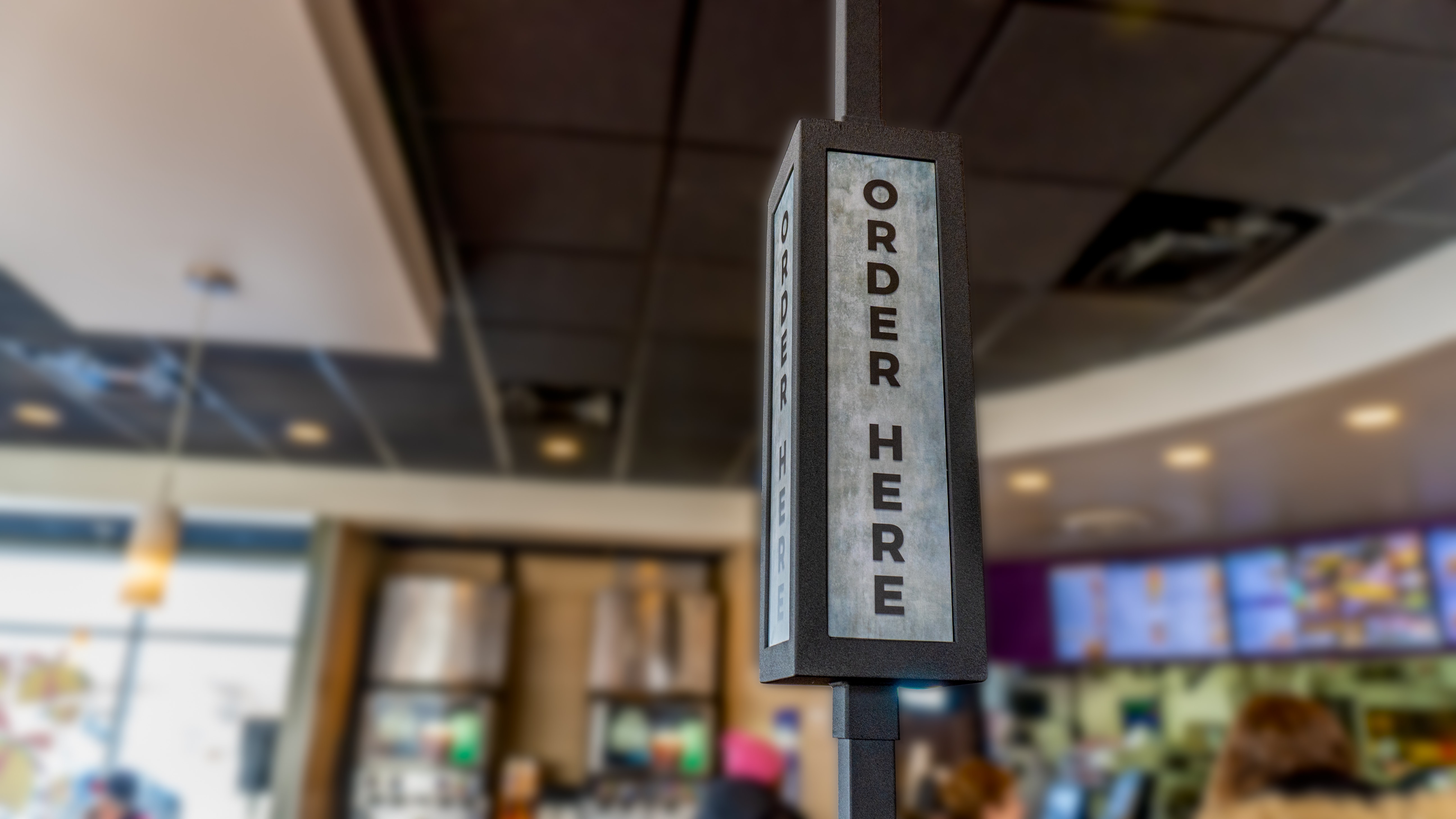Restaurant IT vendors and managed services providers face a perplexing question when it’s time to roll out new restaurant IT deployment or QSR tech: how to physically execute that deployment at scale.
The two primary options are relying on an army of in-house field technicians or outsourcing these responsibilities through a vendor. Both approaches can work, and both have their own complications.
If you’re trying to determine the best staffing solution for your firm, here are the pros and cons you should consider.
Pros & Cons of In-House Field Technicians
Hiring your own in-house field techs for restaurant IT deployment of QSR tech is an option with both advantages and disadvantages.
Pro: More Control Over Technicians
In general, you have a greater degree of control over your own staff than you do over the vendors and freelancers that complete work for you. You can tell an employee when and how to do the work. But most of the time, you can’t do that with a freelancer; you simply tell them what to do, and it’s up to the vendor to get it done in the time allotted.
When image or control is paramount, in-house holds an advantage.
Pro: Better Synergy
In ideal circumstances, an in-house field technician will truly buy into your company’s mission and vision. As a result, you might get better synergy when working with in-house technicians who truly understand your brand and approach.
Outsourced field technicians will ensure that work meets your standards — they want to get hired again, after all. But they aren’t as likely to buy into your mission, and developing synergy can sometimes be more challenging.
Con: Finding Qualified Staff Is Difficult
Finding qualified field technicians — and in every market where your clients operate — has long been a challenge for all but the absolute largest restaurant IT vendors. But in this current labor shortage, it seems a complete impossibility. Keeping your technicians in-house means you’re 100% responsible for finding those technicians (not to mention keeping them).
Con: Scaling and Geographical Distribution Are Challenging
The larger your target clients, the larger and more geographically distributed your field technician team must become. It’s hard enough for local or regional restaurant IT vendors to keep their field tech staffing levels where they need to be.
If you want to land a contract from a global player with thousands or tens of thousands of units, you’ll face issues of scaling a geographically distributed in-house field tech team.
Con: Costs Can Escalate Quickly
This is perhaps the most popular argument in favor of outsourcing: in-house hires tend to be more expensive. Between wages and benefits and wasted time (when no restaurant in the vicinity needs servicing), costs of an in-house team can escalate quickly.
Con: Never-Ending Cycle
Hiring and training new staff can be a serious investment. But, inevitably, some of those new hires don’t stick around, or they move on after a few years on the job. With in-house teams, you’re trapped in a never-ending cycle of hiring, training, and replacing.
Pros & Cons of Outsourcing to a Qualified Workforce
Similarly, you’ll find both advantages and disadvantages to outsourcing your field technician needs, typically through a firm that’s focused on this area.
Pro: Easier to Control Costs
When you outsource, you can more easily control costs, paying for the labor you need without worrying about employee benefits and the like. You can also sometimes benefit from differences in the global economy, paying local workers a fair wage that’s lower than what you would pay a US-based staffer.
Pro: Freelancers Already Have the Skills You Need
When you go with freelancers or a managed contingent workforce, you’re getting workers that already have the basic skills you need. You won’t be training them from the ground up like you would an entry-level in-house tech.
Pro: Easier to Find Talent
When you work with a firm like Kinettix, you get access to a global network of vetted talent. You no longer have to source that talent yourself.
Con: You Have Less Control
Depending on the firm, working with a vendor can mean you have less direct control over how the work gets done, and sometimes you’ll be required to wait until a tech becomes available. When you control the techs directly, you can modify or reassign their workload in a way that you can’t always control with a vendor.
When deciding between enablement partners, choose one who prioritizes transparency and outcomes.
Con: Geographical & Time Zone Issues
This con isn’t a problem for organizations that are already geographically distributed, but when you work with a vendor, you may face geographical or time zone issues. If the central office is several time zones (or a half a world) away from yours, you’ll need to factor that into your decision.
A Word About Scale
After considering all these pros and cons, we hope you agree that the answer is clear: most restaurant IT vendors benefit from outsourcing their field deployments. But if you’re not yet convinced, think again about scale.
What’s stopping you from landing a contract from a chain twice the size of your largest client? Likely, the answer is scale. That restaurant has locations in markets you aren’t anywhere near. Much of what you do can be done from a distance. But certainly not physical restaurant IT deployment.
With a vendor partner like Kinettix, scale no longer needs to stop you. We have the global footprint you need, with vetted local field technicians in every major market.
Partnering with us makes sense if you want to scale. Ready to learn more? Let’s talk.






